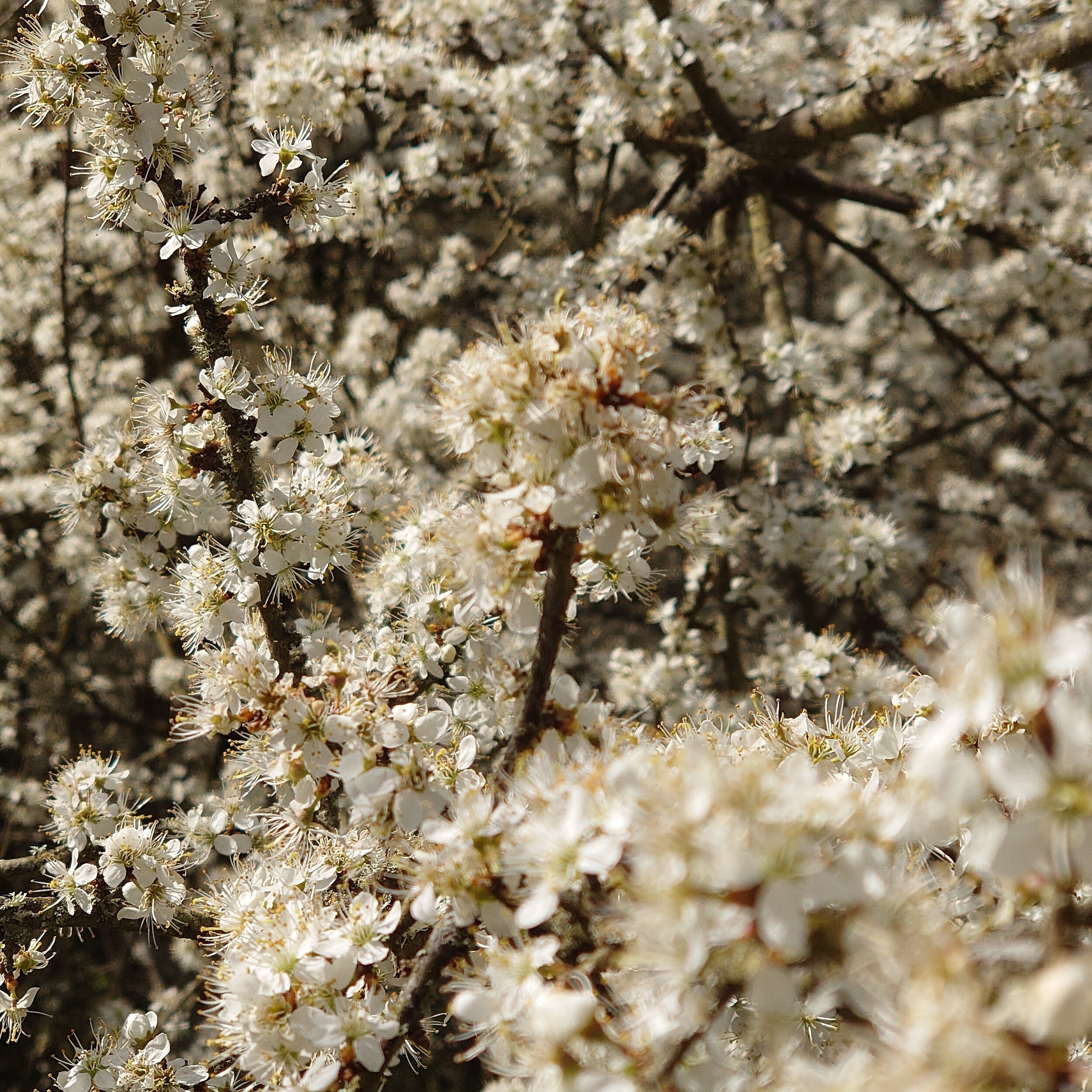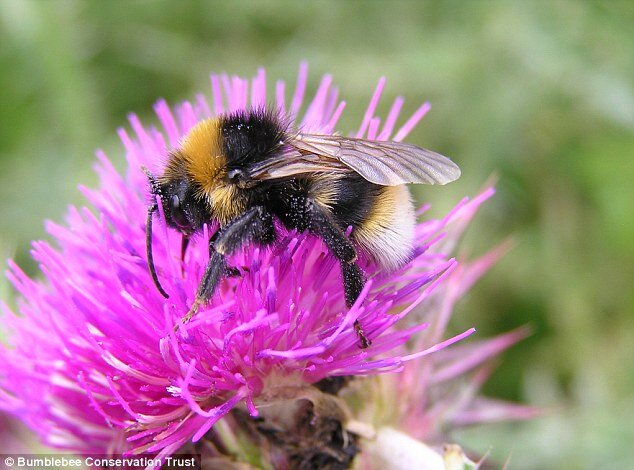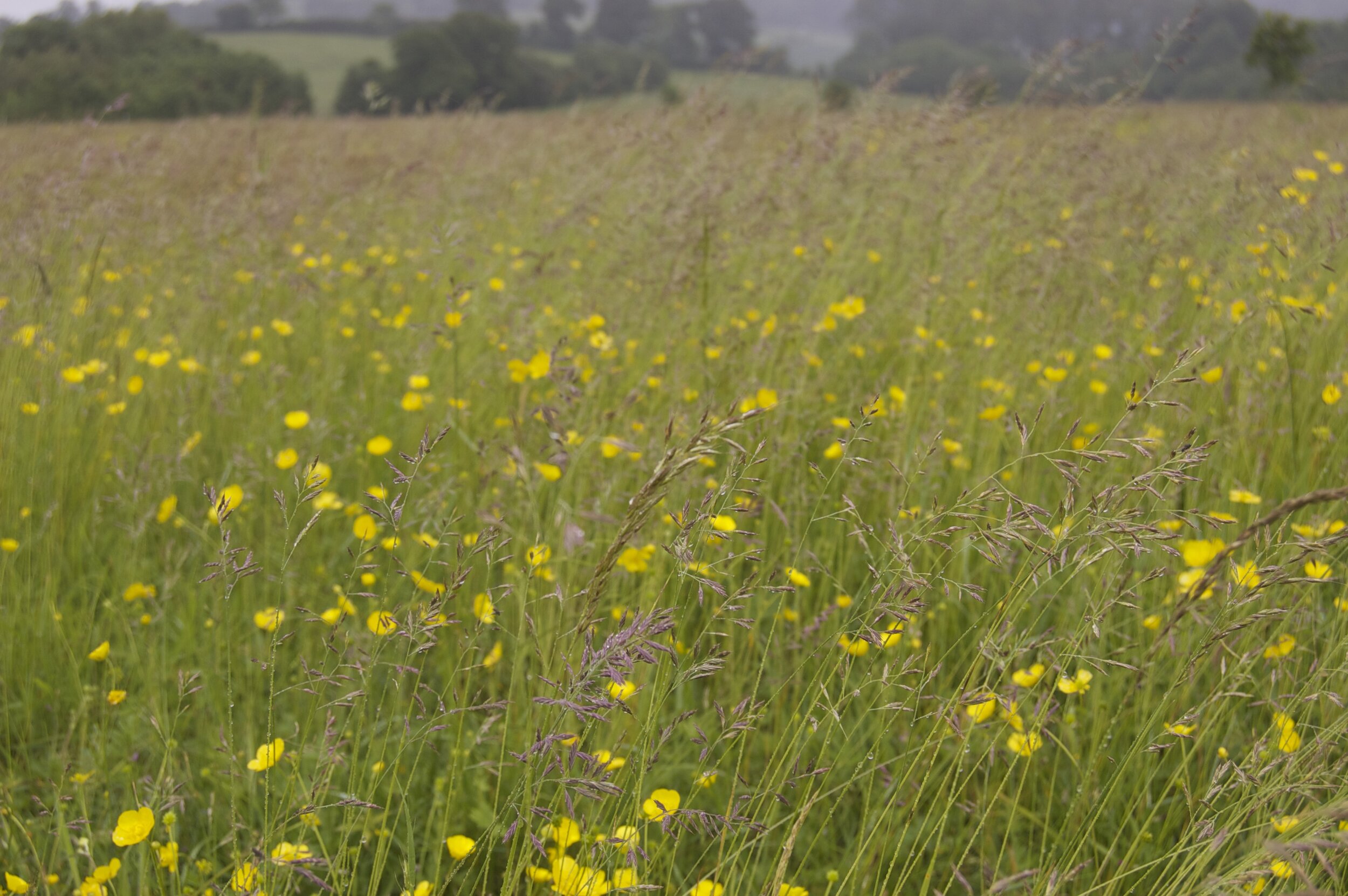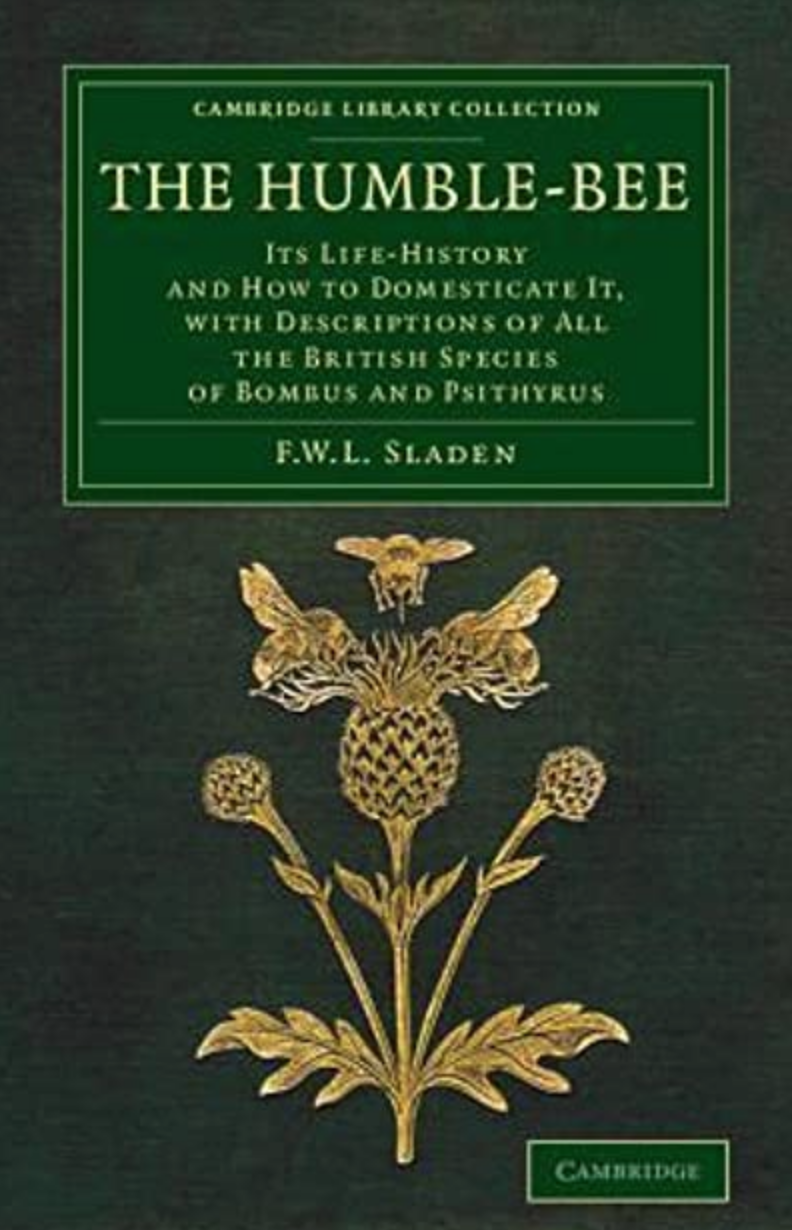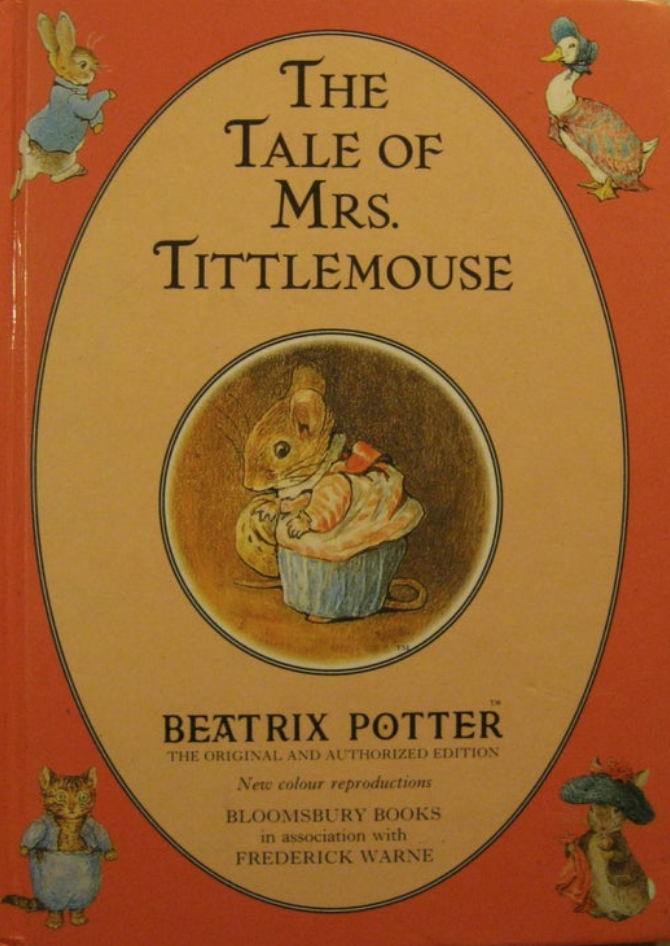bumblebees: basic background
Bumblebees need our help. According to the Bumblebee Conservation Trust in the UK we drove 2 species to extinction in the 20th century and now 8 species are on an English, Scottish or Welsh conservation priority list because of their decline. The decline, past and present, is due to the loss of habitat, particularly as a result of changes in agricultural practice.
loss of habitat
Bees feed on nectar and pollen from flowers, nothing else. Bees don’t travel far from their nest to forage - no more than a few miles, often less than half that distance - so the loss of flower meadows across the country is devastating. Some estimates suggest 97% of the country’s flower meadows have been lost since 1937; horses that once grazed in clover-rich fields have, inevitably, been replaced by tractors. But don’t blame the farmers; nowadays they are responding to market pressures from supermarkets and consumers to deliver standardised, cheap food that can only be delivered by intensive farming methods that use increasing quantities of chemicals which results in decreasing acreage of flower forage for bees. And we do other daft things that don’t help, like cut road verges far too often and more than necessary.
the value of pollination
It is estimated that bees and other insect pollinators contribute over £600 million a year through the pollination of commercial crops - peas, tomatoes, strawberries and apples, of course. If the bee and insect populations continue to decline then these commercial crops will have to be hand-pollinated, at an estimated cost of £1.8 billion a year. And the impact of the loss of pollinators in the wider ecosystem will lead to a general loss of biodiversity and its far-reaching impact across all flora and fauna.
join the bumblebee conservation trust
Please think about joining the Bumblebee Conservation Trust - here’s the link to their membership page.
how else can you help?
If you have a garden, plant bee-friendly plants in your garden, especially those that flower between March and September - Gardening Advice - or if you’re a farmer or landowner then some changes to how you manage your land would be helpful and might be feasible - Land Management Advice.
Finally, plant an apple tree. You don’t have to have a huge amount of space - a tree on M9 dwarfing rootstock won’t grow to have a circumference any greater than 1.5 metres. As well as helping bees you’ll get a supply of delicious, wholesome, unsprayed apples.
did you know?
Bumblebees used to be called Humblebees. Not because people thought they were humble little creatures but because when they fly, they hum. So when did they stop being called Humblebees and start being called Bumblebees? We know that in 1912 the Bumblebee was still the Humblebee, because Frederick Sladen published the first great book on bees and he was clearly a Humblebee man. At that time, however, Bumble was brewing. Beatrix Potter published the Tale of Mrs Tittlemouse in 1910, in which the eponymous heroine is perturbed by some noisy builders, the chief culprit being a bee called Babbitty Bumble. After World War I, the acrobatic exploits of military flying aces gave way to the rapid development of the aeronautical industry and as sleek, slender aeroplanes took to the sky the myth emerged that big, fluffy bees with their stubby little wings and tubby tummies were, scientifically, incapable of flight and could barely bumble from one plant to another - be careful of unfounded myths and conspiracy theories. By 1959, the die was cast; John Free and Colin Butler published the next great book on bees and Humblebees were no more.
We’ve killed off Humblebees, so now let’s make sure we look after our Bumblebees a little bit better.

